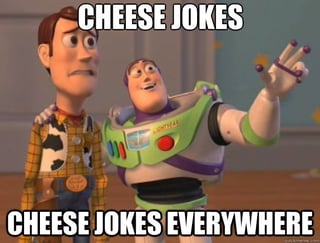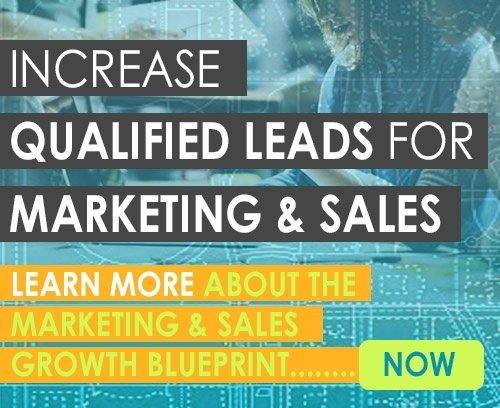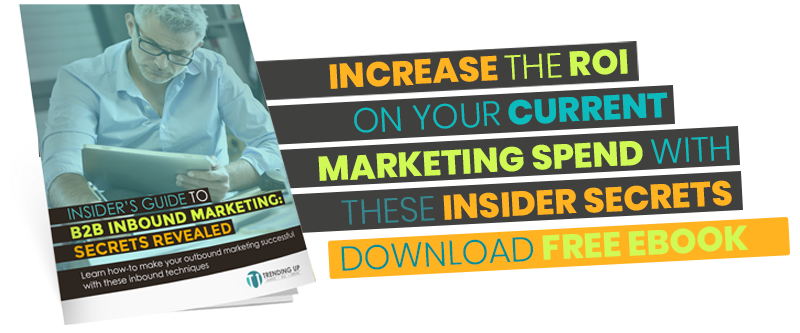Whenever my friends come to visit me in Wisconsin, our meals consist of the staples that make up the dairy state’s diet: cheese, beer, and more cheese!
 This week, the 2017 WI Cheese Industry Conference is taking place in our own Madison, Wisconsin and it promises to bring out the best of our state’s dairy pride: a gathering of nearly 2,000 cheese industry leaders, suppliers, marketers and more, sharing information about the latest in cheese technology, new products, whey opportunities, product safety, marketing and additional issues affecting this industry. Of course I’ve gouda be there!
This week, the 2017 WI Cheese Industry Conference is taking place in our own Madison, Wisconsin and it promises to bring out the best of our state’s dairy pride: a gathering of nearly 2,000 cheese industry leaders, suppliers, marketers and more, sharing information about the latest in cheese technology, new products, whey opportunities, product safety, marketing and additional issues affecting this industry. Of course I’ve gouda be there!
My passion is for the trade show’s manufacturing community - the businesses that create, package, and distribute the cheese, and those businesses that support them. Seeing their success brings me pride. That’s why I’ve assembled this guide: to help the exhibitors at the 2017 Wisconsin Cheese Industry Conference conduct some killer prospecting during their time in Madison, and to bring success to their sales efforts.
1 ½. Start with a Sales and Marketing Strategy.
This one gets one and a half points because it's so important to have as a foundation.
Your cheese manufacturing or packaging company’s success hinges on meeting your growth goals. Having a sales and marketing strategy in place creates a defined, measurable way to gauge whether or not you’re meeting growth goals utilizing the budget you’re spending.
A sales and marketing strategy is the overarching plan to meet your marketing and sales goals on a consistent basis. Using industry research, historical data, and business goals, an agile marketing and sales strategy helps teams accomplish these key steps:
- Define your target audience.
- Plan content, events, and other marketing tactics needed to meet goals.
- Identify key performance indicators.
- Determine which events make sense to attend to reach your target prospects
When planning for your trade show or event, your targeted strategy can guide the prospecting you do ahead of time, the content you bring, what you showcase, and even speakers you select. “Knowing who your event persona is and what their key challenges are will help you create event content that resonates with them and makes your event really compelling, pushing up registration and attendance,” according to The New Age of Event Marketing.
Once your strategy is in place, follow these steps for killer trade show prospecting success.
2. Research your target prospects.
Every major trade show website (including the WI Cheese Industry Conference) includes an exhibitor list. Not only is this helpful for attendees, but it’s especially helpful for salespeople who are prospecting pre- trade show.
 Identifying a “must-see” list - a gouda list, if you will - of prospects based on exhibitors is an excellent way to start engaging with these prospects earlier and during the show. In addition, you may be able to find out from them about solutions they’re looking for, problems they’re experiencing, or questions they need answered. You cheddar believe these are all excellent opportunities to create or find helpful information to send to the prospect.
Identifying a “must-see” list - a gouda list, if you will - of prospects based on exhibitors is an excellent way to start engaging with these prospects earlier and during the show. In addition, you may be able to find out from them about solutions they’re looking for, problems they’re experiencing, or questions they need answered. You cheddar believe these are all excellent opportunities to create or find helpful information to send to the prospect.
Ideally, if you’re hosting a booth at the trade show, you’ll also receive a list of attendees ahead of time. Six to eight weeks before the show is an excellent time to research and connect with these businesses or contacts, as well.
Plan out who you’ll talk to, what their pain points may be, and how you can address those pain points before the show.
3. Engage on Social Media
While researching your target prospects, take time to follow and engage with your ideal audience on social media platforms like Twitter, LinkedIn, Quora, and even Facebook.
Do your research on social media to find out:
- What is the your prospect’s role in their company?
- How long have they been at the company?
- Do you know anyone at their company?
- What are their interests?
The point is to research them as a person, rather than just a person at the company, so you can connect with them on a personal level.
Start by following their business accounts on various platforms and engage with their content that’s related to a solution you’re able to provide. This may be things like:
- Sharing a helpful blog post that answers a question they asked
- Congratulating them on their latest win or press release announcement
- Sending them a direct message with an ebook or guide related to a problem they may be encountering
While connecting on social media pre-conference is an excellent way to start branding yourself as an industry thought leader, there’s a fine line between being engaging and being creepy. Avoid these common social media pitfalls before meeting a prospect in person:
-
Connecting directly too soon.
- Sending a new prospect a LinkedIn invitation without meeting the prospect will come across as pushy or desperate, not helpful.
-
Overwhelming their account with feedback that’s not actually helpful.
-
Pushing your own sales agenda in an obvious way.
- If the only advice or content you’re sharing is about you and your business, it loses its validity. Remain helpful and objective wherever possible while building trust.
-
Tagging the prospect in an introductory post.
While directly connecting and tagging a prospect may be warranted after you’ve met, being pushy or overwhelming is never welcomed. It’s best to avoid these four actions while prospecting pre-show.
4. Have a follow-up plan - and then follow through.
If you spend the time at a trade show having conversations with prospects, collecting contact information, learning about pain points, and teaching about how your solution can potentially help, but then don’t do anything with all of that information, then you’re wasting your time at a trade show. Before you attend, plan a follow-up sequence, and then follow through.
I recommend a sequence that’s about 3 months long, consisting of emails, phone calls, and potentially, social media messages. Prior to attending the trade show, plan the timing and content of each touchpoint, and then personalize each one when you return from the show.
This sequencing plan allows you to, again, work with your marketing or content team to develop follow-up pieces that you can use to continue engaging the prospective buyer after the trade show.
I wish you success on your prospecting! I'm off to sample some cheeses. :) Check out our ebook, the Insider's Guide to B2B Inbound Marketing, for more helpful information on how to use inbound marketing to improve B2B marketing investment ROI.







